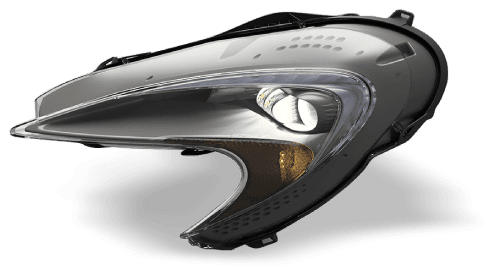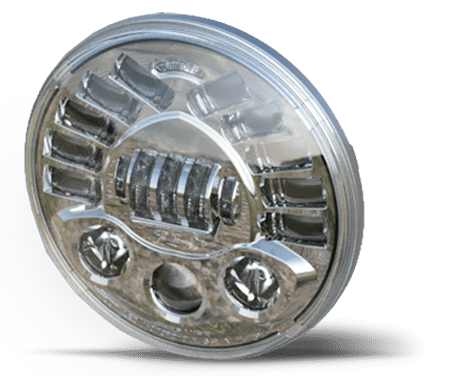
An Overview: Vehicle LED Lighting Regulations in the US
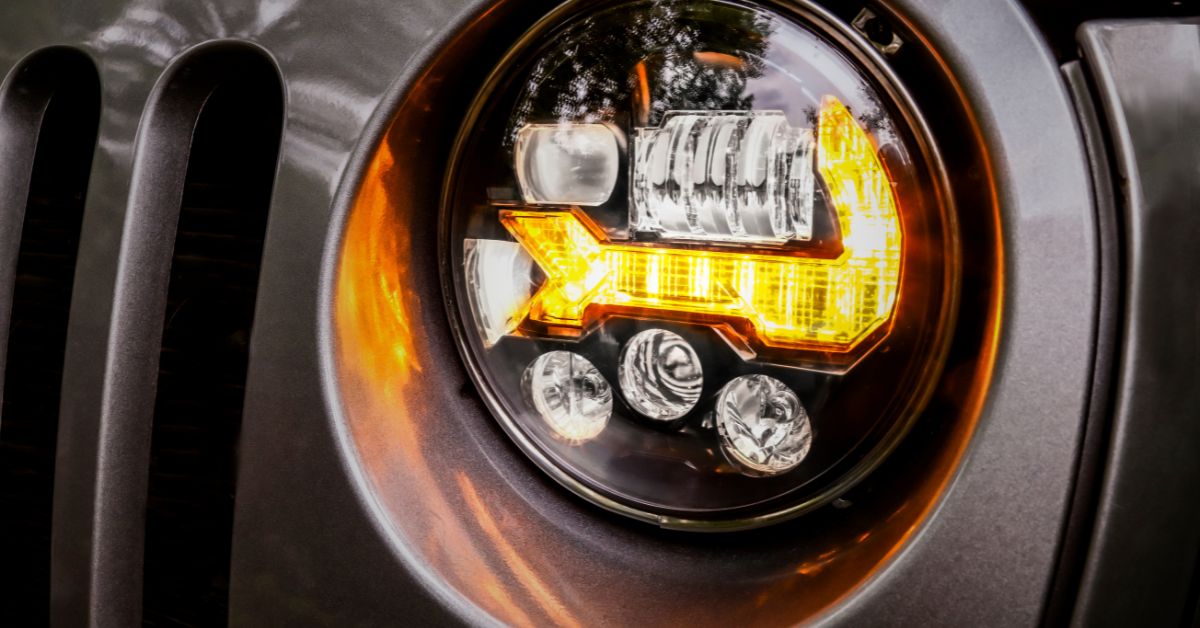
In the US, the Department of Transportation’s National Highway Traffic Safety Administration (NHTSA), the National Highway Traffic Safety Administration (FMVSS), and the Society of Automotive Engineers (SAE) set regulations for vehicle lighting.
This is to ensure the safety of drivers and other road users, as well as maintain consistency in vehicle lighting among different manufacturers. In recent years, there has been a growing trend towards the use of LED lights in vehicles due to their energy efficiency and longer lifespan. But this has also led to new regulations being implemented specifically for LED lighting.
If you own a business that manufactures or sells vehicles or vehicle parts in the US, you need to be aware of these regulations to comply with the law and avoid penalties. Here are some important regulations to keep in mind when it comes to LED vehicle lighting.
History of Vehicle Lighting Regulations in the US
Vehicle lighting regulations have been in place since the early 20th century, with the first federal regulation introduced in 1915 in Massachusetts; this law set a minimum level of brightness, and a maximum level of glare for headlights. Over the years, additional regulations, some at the state level, others at the federal level, came to be.
In the 1970s, halogen headlights became popular due to their improved brightness and durability. But as technology continued to advance, LED lights started gaining popularity in the vehicle industry. They were initially used for interior lighting, but soon made their way into exterior vehicle lighting as well. This led to the need for updated regulations specifically for LED lights.
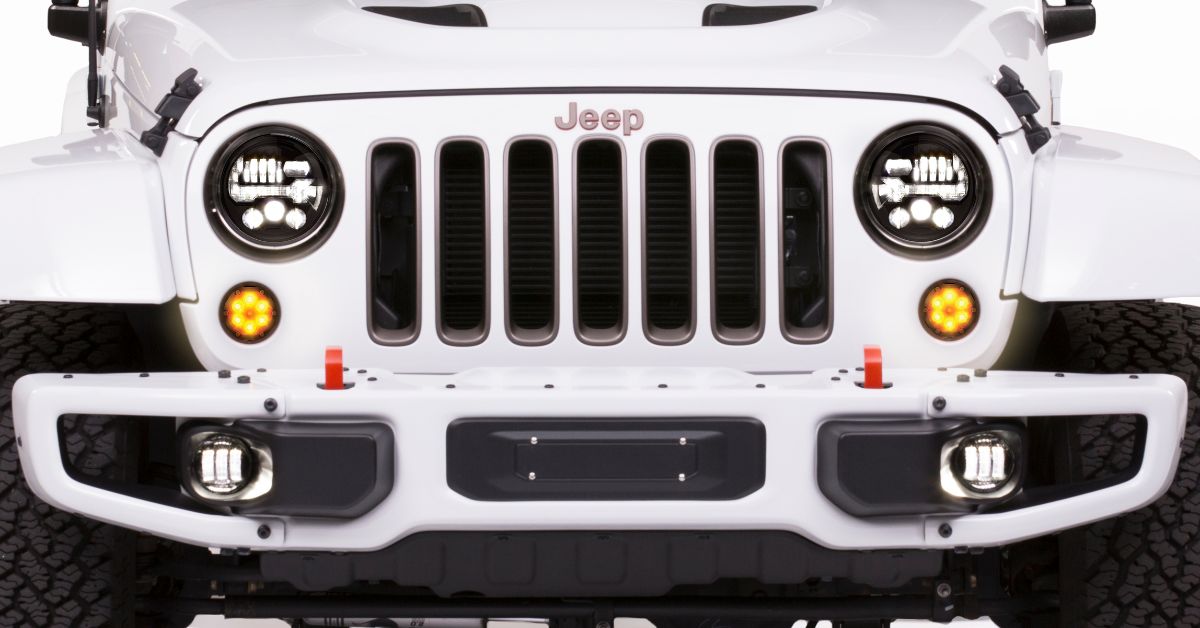
Current Regulations for Vehicle LED Lighting
As of now, there are two main regulations that apply to LED vehicle lighting in the US: FMVSS 108 and SAE J595.
FMVSS 108, also known as the Federal Motor Vehicle Safety Standard No. 108, sets the standards for all automotive lighting equipment, including LED lights. This regulation specifies requirements for brightness, color, and placement of lights on vehicles.
Brightness and Color Requirements
FMVSS 108 requires LED lights to emit a specific color of light, depending on their purpose. For example, vehicles must emit white or amber light from headlights and red from taillights. Additionally, the brightness of LED lights must meet certain criteria to ensure they’re not too bright and don’t cause glare for other drivers.
Placement Requirements
FMVSS 108 also specifies the placement of LED lights on vehicles. For example, regulations require headlights to be at a certain height and distance from each other, and mandate that taillights be red and placed at specific locations on the vehicle.
SAE J595 is a performance standard set by the Society of Automotive Engineers (SAE) for emergency warning lights used on vehicles such as police cars and ambulances. This standard includes specifications for LED light colors, patterns, and functionality. According to SAE J595, LED lights must emit red, blue, amber, and/or white light with specific brightness levels and patterns. This regulation is important to keep in mind if your business manufactures or sells emergency vehicles or warning lights.
The NHTSA has also issued guidelines for aftermarket LED lighting, including any LED lights added to a vehicle after leaving the manufacturer’s factory. These guidelines state that aftermarket LED lights must comply with FMVSS 108 and should not interfere with the original vehicle’s lighting. This is to ensure all vehicles on the road maintain a consistent level of safety and visibility for other drivers.
In addition to these federal regulations, states may also have their own laws regarding vehicle lighting. In Minnesota, for example, LED light bars are illegal because the state only allows vehicles to have four forward-facing headlights. Bars with multiple lights count as more than four. Businesses need to be aware of any state-specific regulations when selling or manufacturing vehicles, or selling or manufacturing LED lights for vehicles.
Compliance and Penalties
Failure to comply with vehicle lighting regulations can result in fines, recalls, or even a ban on selling certain vehicles. The type of penalty depends on the severity of the violation and whether it poses a safety risk to drivers and other road users. In some cases, businesses may also be subject to civil lawsuits if their non-compliant vehicles cause accidents. It’s the responsibility of vehicle manufacturers and sellers to ensure their products meet all required regulations before they hit the market.
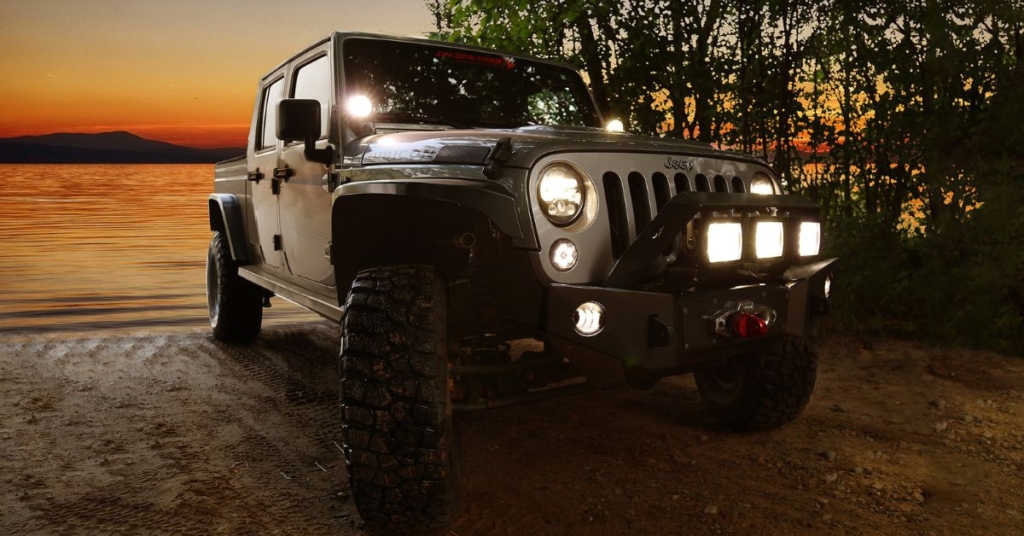
Future of Vehicle LED Lighting Regulations
As technology continues to advance, it’s likely there will be more regulations put in place specifically for LED vehicle lighting. This may include stricter guidelines on brightness levels and color temperature, as well as potential regulations for new types of lighting such as laser or OLED lights.
Vehicle manufacturers and businesses need to stay updated on any changes in regulations if they want to continue using LED lights in their vehicles or sell LED lighting products. Even if businesses are familiar with and abide by current regulations, if these regulations change and they’re not aware, they could face penalties for non-compliance.
There are several vehicle LED lighting regulations in the US that businesses need to be aware of. Take time to familiarize yourself with the NHTSA, FMVSS 108, SAE J595, and any state-specific regulations to ensure your vehicles and LED lighting products comply with all standards. Doing so will keep you in compliance with the law and also help promote safety on the roads for all drivers, which is the ultimate goal of these regulations.
J.W. Speaker is a manufacturer of high-quality, high-performance LED vehicle lighting. We stock headlights, light bars, fog lights, trail lights, and more for different types of vehicles. We started in 1935 as a family-run business, and to this day, we remain family-owned. We understand the importance of compliance with vehicle lighting regulations in the US, which is why all our products meet or exceed federal and state requirements.
At J.W. Speaker, we also strive for continuous improvement and innovation in our LED lighting technology to provide the best possible solutions for our customers. You don’t have to sacrifice safety for energy efficiency and longevity. With J.W. Speaker LED lighting, you can have both.
For more information on our LED vehicle lighting products and how we can help your business stay compliant with regulations, please visit our website or contact us directly.

